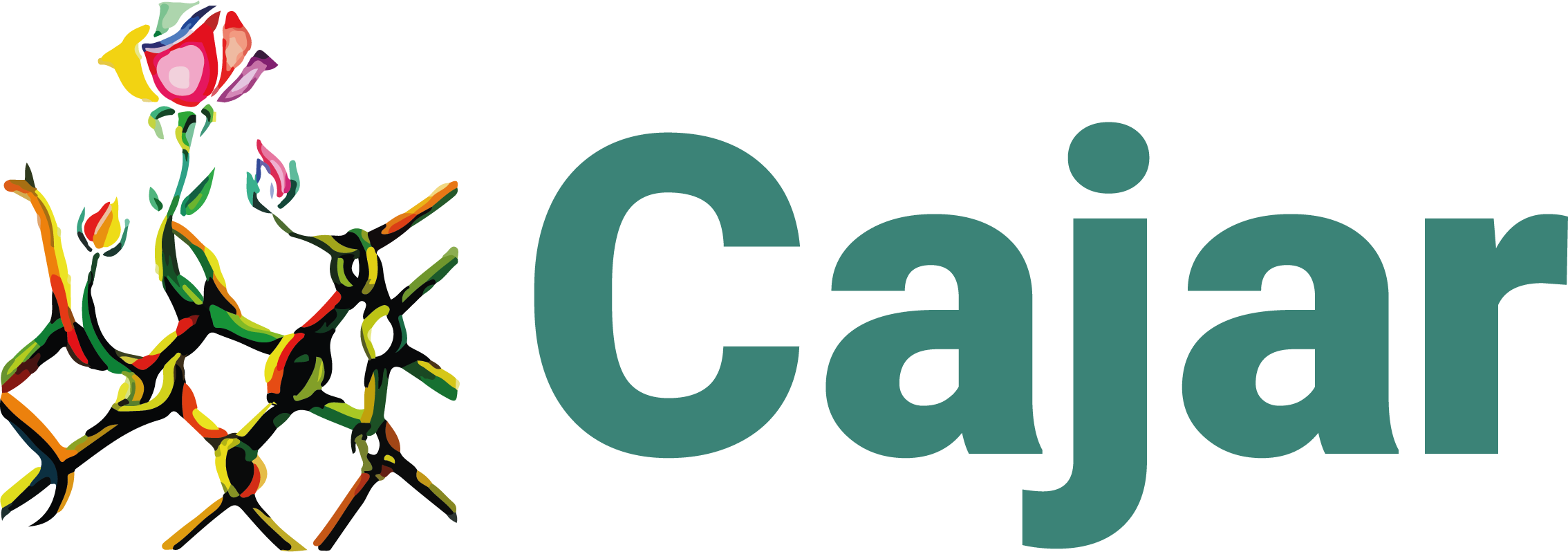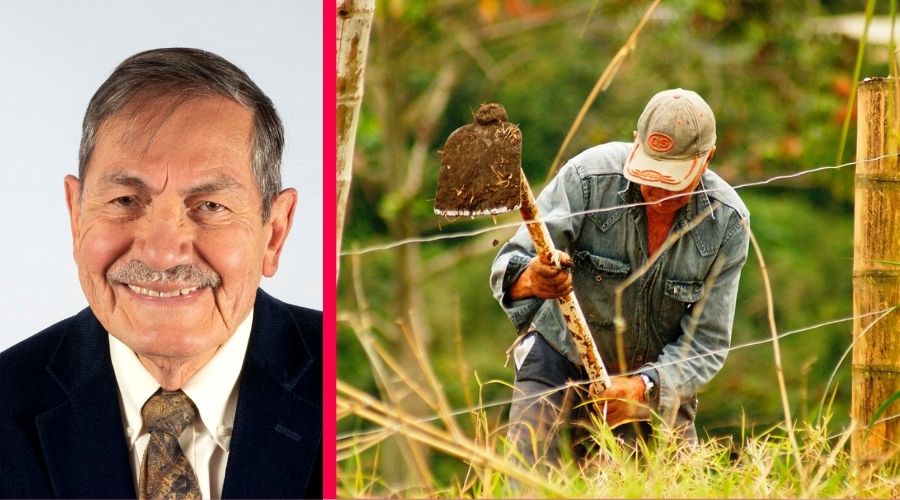The Preamble of the Final Agreement for the Termination of the Conflict and the Construction of a Stable and Lasting Peace of 2016 reminds us of its reason for being in the opinion of the National Government, “the transformations to be achieved by implementing this Agreement must contribute to reversing the effects of the conflict and to changing the conditions that have facilitated the persistence of violence in the territory”. In the opinion of the FARC-EP “these transformations must contribute to solving the historical causes of the conflict, such as the unresolved issue of land ownership and particularly its concentration, the exclusion of the peasantry and the backwardness of rural communities, which especially affects women, girls and boys”. Therefore, its inclusion and prioritization in Point 1, “Towards a New Colombian Countryside: Comprehensive Rural Reform”. That is, the agrarian policy, as a minimum of justice to the Colombian peasantry to consolidate peace and democracy in the country.
According to an Oxfam analysis of the latest official agrarian census in Colombia – done in 2014, the first update in 45 years – our country has concentrated land in very few hands since independence. The top 1% of farms occupy more than 80% of the land in Colombia. In turn, farms smaller than 10 hectares represent 81% of total farms, but do not even occupy 5% of the total area. For this reason, Colombia is one of the countries with the highest concentration of land in Latin America and the world.
This extreme inequity has been one of the main factors of social conflict in the country. We all know it. The 2016 Peace Agreement is not the first effort to address this structural problem.
The government of Alberto Lleras Camargo (1958-1962), through Law 135 of 1961, adopted a redistributive agrarian reform, with the delivery of baldíos or lands owned by the Nation to the peasants and some expropriation of unproductive large estates. President Carlos Lleras Restrepo (1966-1970) made agrarian reform one of the axes of his development strategy, believing that the delivery of land to the peasantry would not only increase their standard of living but also strengthen the domestic market and industrial development.
This strengthened the institutional framework responsible for implementing the reform, especially the Colombian Agrarian Reform Institute, INCORA. The peasantry was seen not as an enemy but as an ally of the State and its policies, and its organization was stimulated with the creation of the National Association of Peasant Users (ANUC). Advances resulted in the adjudication of land, credits to peasants and the creation of some irrigation districts.
But these efforts provoked resistance from the landowning elite who, with Law 4 of 1973, abandoned agrarian reform and replaced it with a rural development model based on the modernization of large properties. This model, which included the Chicoral Pact, divided the peasant movement and radicalized some sectors that promoted land seizures to accelerate the agrarian reform. Land seizures and peasant protests increased in those years but were violently repressed, with the arrest and assassination of many of their leaders.
Thus, Colombia missed the opportunity not only to satisfy the just peasant demands for land and to achieve more inclusive development, but also to deepen democracy and avoid decades of armed conflict and violence. A situation that is very similar to what we are experiencing today with the resistance of similar elites to the rural reform of the Peace Accord.
This elite resistance is reflected in what has and has not been done by the Duque administration. Since the beginning of his term, the implementation of the Comprehensive Rural Reform of the Peace Agreement has been precarious.
For example, funds have been cut in the National Budget earmarked for the National Land Agency, ANT. This key entity suffered an abrupt reduction of 25.5% for 2020 (law 2008 of December 27, 2019) that was maintained in the 2021 budget (law 2063 of November 28, 2020). For 2022 (law 2159 of November 12, 2021), there is a slight but insufficient increase.
Point 1 of the Agreement includes the Plans for the Social Management of Rural Property and the National Land Fund as a new attempt to democratize access to land in Colombia. The latter was intended as the main mechanism to distribute land, with which it was proposed to adjudicate 3 million hectares of the nation’s baldíos to peasants with little or no access to land, while at the same time aiming to formalize 7 million hectares more. But according to the last report of the Comptroller’s Office on the fulfillment of the goals of the peace component of the Multiannual Investment Plan, only 4% of the goal of delivering hectares through the National Land Fund has been achieved.
In addition to the above, there has been little progress in updating the land registry through the multi-purpose cadastre and the malfunctioning of the agrarian jurisdiction, which also warns about the future of the Integral Rural Reform.
It is an inescapable truth that inequality in access to land is the breeding ground that has maintained social conflict in our country for decades. If we aspire to a transition to a more just and peaceful society, we must mobilize all available fiscal and political resources to make progress in this area.
President Duque received a country with a Peace Agreement and reduced rates of political violence, but returns it in war: communities besieged by armed groups, forced displacements, massacres, assassinations of social leaders, and signatories of the peace agreement, including by the security forces. There is no security for those who have laid down their arms and no solution to the land conflict that fuels the war.
We are in a critical situation. We must not forget the failure of the Chicoral Pact. We must continue to defend rural reform through the implementation of the Peace Agreement.

